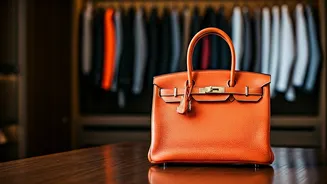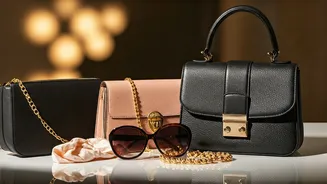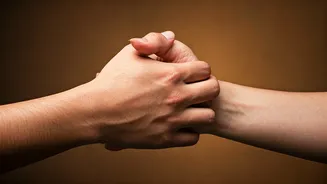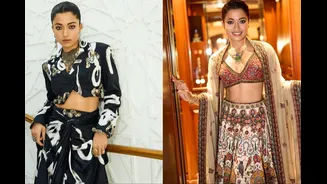Traditional vs Modern
The concept of politeness has undergone a significant transformation, especially when comparing the viewpoints of older and younger generations. What was
once considered the epitome of good manners, such as the formality of a phone call or strict adherence to specific fashion trends, is now being reconsidered by younger people. The younger generation often favors the convenience of texting over phone calls and prioritizes comfort and personal style over rigid fashion rules. This shift reflects a broader societal movement toward authenticity and a more relaxed approach to social interactions, emphasizing clear communication and personal expression.
Communication: The Evolution
Communication has undergone dramatic changes, with texting and instant messaging dominating interactions. The formal phone call has largely been replaced by the more convenient text. Younger generations prioritize quick, direct communication, often viewing lengthy phone calls as a time commitment. In the realm of digital communication, the speed of response has become a factor; people expect prompt replies, and delays can be misinterpreted. This preference for quick, concise communication mirrors a broader trend toward efficiency and a desire to balance digital and real-world lives.
Fashion and Formality
Fashion is another area where traditional rules are being challenged. While past generations might have adhered to strict dress codes, contemporary culture favors comfort and self-expression. The rise of athleisure wear and a shift toward casual styles in the workplace illustrate this change. The concept of formality itself is evolving. Modern etiquette is less about adhering to rigid standards and more about understanding context and showing respect for others. The focus is on finding a balance between personal style and appropriateness for any given situation, moving away from outdated expectations.
Emotions and Authenticity
Underlying these shifts in etiquette is a broader move toward greater authenticity and emotional openness. Younger generations are often more willing to discuss topics previously considered taboo. This includes discussions about money and mental health, demonstrating a desire for more transparent and genuine relationships. This trend emphasizes the importance of emotional intelligence and the ability to navigate complex social situations. Modern etiquette now stresses the value of empathy and open communication to build genuine connections, even if it requires deviating from traditional norms.
The New Rules Defined
The new etiquette landscape places a premium on respect, clear communication, and adaptability. It involves recognizing individual preferences and finding ways to interact that are comfortable for everyone involved. Instead of strictly adhering to outdated rules, modern politeness encourages individuals to consider the circumstances and act accordingly. It is about balancing the need for clear boundaries with the desire for genuine connection, acknowledging that each individual might have their own comfort levels. Ultimately, being polite today is about adapting to the evolving social landscape while maintaining a core commitment to kindness, empathy, and effective communication.











